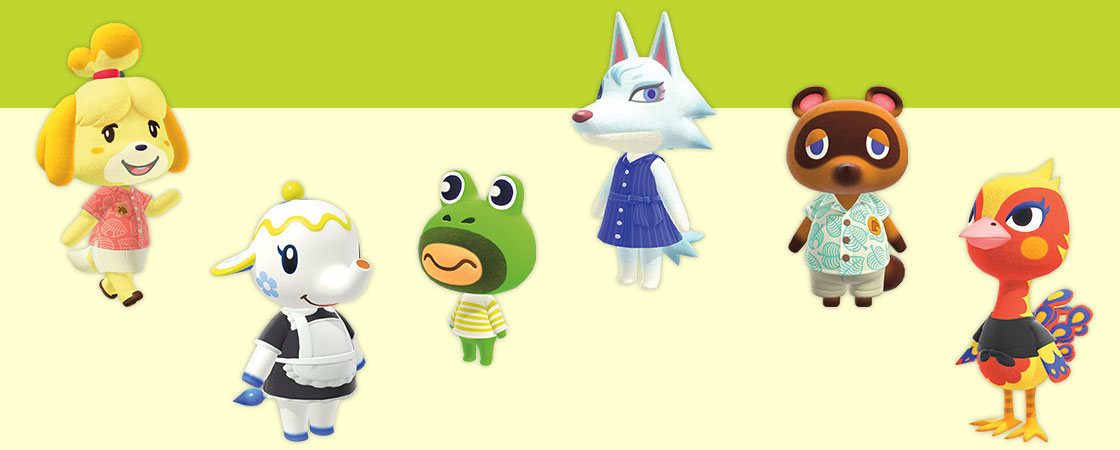Animal Crossing is not the first game to become popular in a difficult time. During the Great Depression in the 1930s, when millions of Americans lost their jobs, families entertained themselves at home with affordable board games like Monopoly and Sorry! In 2008, in the midst of the Great Recession, both video games and video gaming equipment experienced a spike in sales.
Why do humans turn to games in periods of struggle and uncertainty?
One reason is that games—whether it’s Animal Crossing, hide-and-seek, or Clue—can make us feel better. As Dr. Rachel Kowert, a psychologist who studies gaming, explains, “Games are great at fixing our mood and reducing our stress and anxiety.” That’s because when we play, our brains release feel-good chemicals called endorphins.
Still, not every game becomes a hit. So what is it that has made Animal Crossing such a smashing success?
For one thing, the game is easy. Even someone who doesn’t play video games can quickly pick it up. It’s also gentle. You don’t play to win; you play to play. There are no dangerous storms to outrun, monstrous creatures to kill, battles to win, or high scores to obtain.
“Animal Crossing is so simple and nice,” says Sophie Keil, 14, from Granada Hills, California. “You hang out with animals and collect things. It’s a peaceful game.”
Even the sounds and graphics are soothing. From the bright, cheerful colors and the serene background music to the rounded edges of the animals’ bodies, everything is designed to make players feel happy and calm. One writer from The New York Times described the game’s aesthetic, or look, as a “warm hug.” And during a time when something as simple as going to the store had become scary and dangerous, the “warm hug” of Animal Crossing was exactly what many of us needed.
“I think for a lot of people it’s a means of escape,” says Angelina. “They want to get away from the bad parts of the world right now.”
Kowert believes that many are drawn to the game because its mundane, real-world tasks—watering plants, chatting with neighbors, visiting shops—provide a sense of normalcy during a strange and chaotic time. Take 12-year-old Quinn, an Animal Crossing fan from Silver Spring, Maryland. He has a list of “chores” that he likes to complete every day in the game. He feels a sense of accomplishment when he waters his flowers, catches a few fish and some bugs, and checks in on his villagers.

